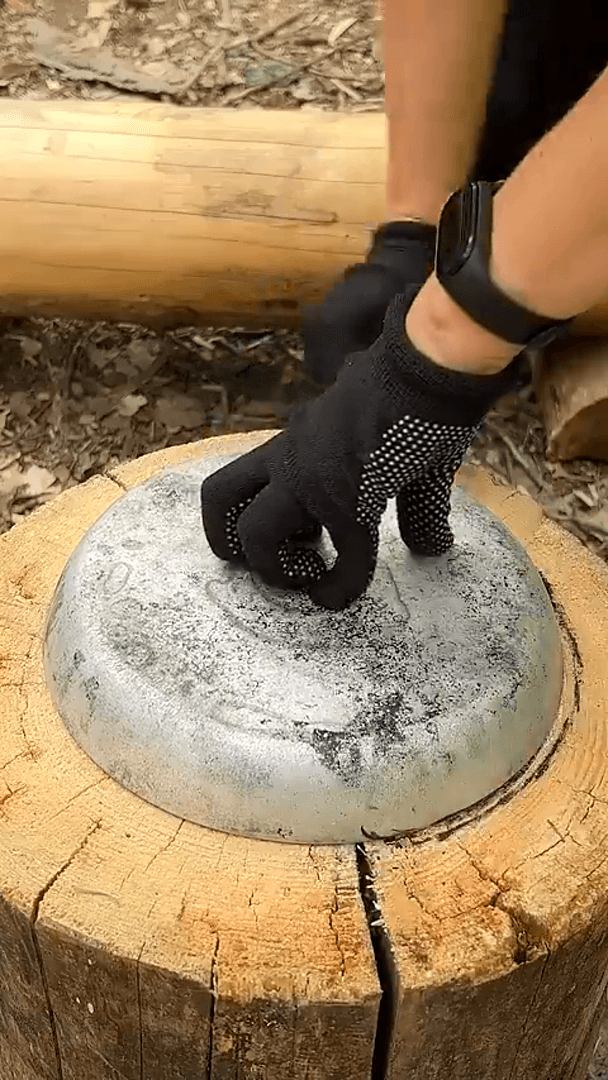
CACCIA IN TOSCANA: TRA COLLINE E FORESTE — GUIDA COMPLETA SU STAGIONI, NORMATIVE E TRADIZIONI Caratteristiche geografiche e naturali della regione dal punto di vista venatorio La Toscana, situata nel centro Italia, è una regione ricca di paesaggi variegati: dalle colline ricoperte di vigneti alle foreste fitte e alle catene montuose degli Appennini. Questa diversità ambientale crea l’habitat ideale per numerose specie di fauna selvatica. Le foreste ospitano cinghiali, caprioli, lepri e fagiani, mentre nelle zone montuose è possibile trovare mufloni e cervi. Questo rende la caccia in Toscana estremamente interessante. Il clima temperato e i vasti territori di caccia rendono la Toscana una delle regioni più apprezzate dai cacciatori in Italia. Cacciatori e demografia della regione Secondo i dati dell’Associazione Nazionale Cacciatori (Federcaccia), in Toscana sono registrati circa 80.000 cacciatori, uno dei numeri più alti in Italia. Questo sottolinea l’importanza della caccia come a
Post: 8 May 12:55
















































